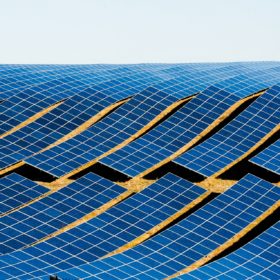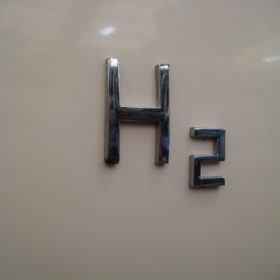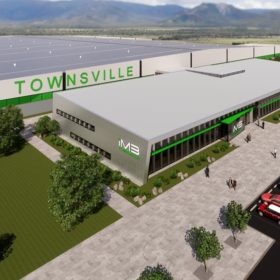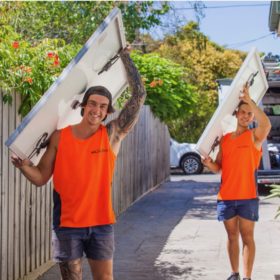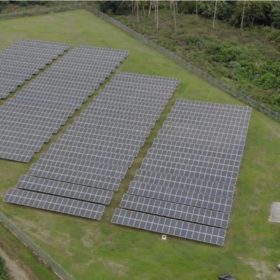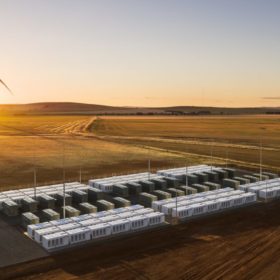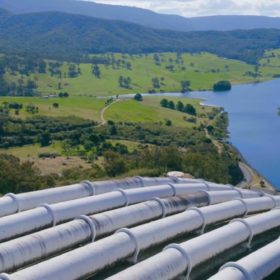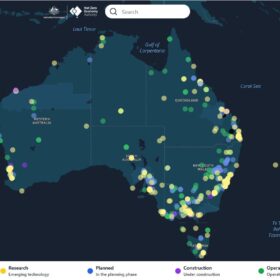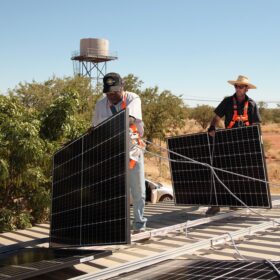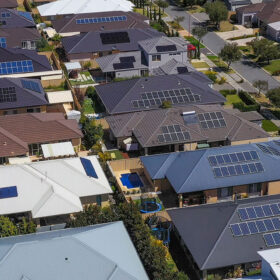VIC MP lambasts Melbourne-centric Solar Homes program
Nationals’ Victoria Murray Plains MP Peter Walsh has launched a criticism of the Labor Andrews Government Solar Homes program for its alleged Melbourne-centrism in overlooking his electorate entirely in relation to his battery storage rebate.
Historic-low interest rates will power ahead astonishing solar cost reductions
An Ieefa report has suggested the cost of generating electricity from solar will be near zero in the world’s sunniest regions by 2030-40 – despite what the naysayers at the International Energy Agency might think.
3.6 GW solar-powered hydrogen project announced for Queensland
A newcomer to the Australian renewable energy scene, Austrom Hydrogen has unveiled plans to develop a large solar project, battery storage and hydrogen generation facility in Queensland.
Magnis wins investor backing, keeps to Townsville battery gigafactory plan
Graphite miner Magnis Energy, one of the companies behind plans to develop an 18 GWh lithium-ion battery factory in northern Queensland, has received commitments to raise $1.5 million.
CEC publishes first ever national study of renewable energy workforce
The continuing dominance of the small-scale solar sector and the great potential for regional and rural jobs are just some of the findings in the Clean Energy Council’s “Clean Energy At Work”, a first-of-its-kind extensive report into the current renewable energy workforce and its potential over the next 10-15 years.
Australia tops up solar funding to Tonga
An additional $2.9 million from the Australian Government’s Outer Islands Renewable Energy Project (OIREP) is making its way across the sea to the kingdom of Tonga in the form of solar power plants and energy storage. The project is helping Tonga to achieve its target of generating 50% of its electricity from renewable sources by 2020 and 70% by 2030.
Juwi to build renewable energy hub in regional Western Australia
The German-headquartered project developer has signed a deal with Pacific Energy’s subsidiary Contract Power to build a hybrid renewable energy project that will power the town of Esperance.
Perth-based Talga strikes deal with European lithium-ion battery giant
Perth-based graphite anode producer Talga has allied itself with European lithium-ion battery giant Farasis Energy Group as the market in Europe for sustainably sourced electric vehicles continues its rapid rise.
Sun Cable to build Darwin megabattery
Following hot on the heels of Sun Cable’s awarding of its unprecedented cable route survey contract to Guardian Geomatics Pty. Ltd., the company has also announced planning approval for a Darwin megabattery to form an integral part of its Australia-ASEAN Power Link.
NSW has approved Snowy 2.0. Here are six reasons why that’s a bad move
The controversial Snowy 2.0 project has mounted a major hurdle after the New South Wales government this week announced approval for its main works.

